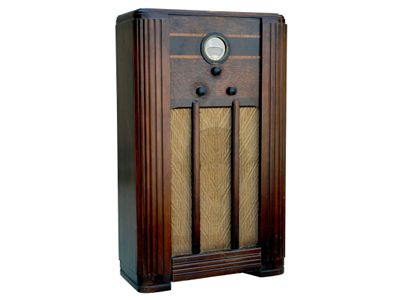
Though he built on the work of other scientists, Guglielmo Marconi is credited with being the first to build a radio transmitter and bring radio into people's homes.
Advertisement
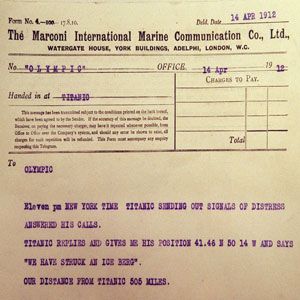
Marconi lent his hame to a telegraphy company that enabled people to communicate wirelessly. This wireless message was sent from the Titanic after it had hit the iceberg.
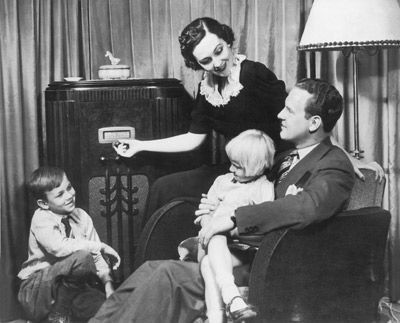
In the so-called Golden Age of radio during the early part of the 20th century, Americans gathered around their radios to listen to their favorite shows.
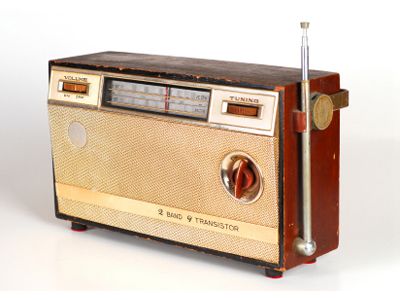
The advent of the transistor in the mid-1950s meant people could carry their radios with them for the first time. One electronics manufacturer even made a name for itself building transistor radios -- Sony.

Transistors were a big improvement in portability over vacuum tubes, but a lot of people still favor vacuum tubes over solid-state technology for home stereo and musical instrument amplifiers.
Advertisement
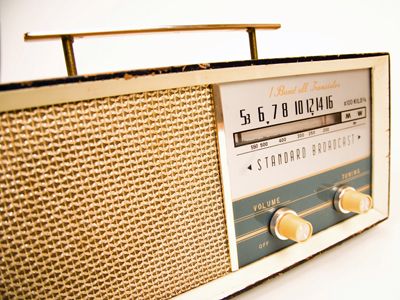
For a long while, AM radio was the only way to go. It's often associated with rock-and-roll radio from the 1970s. But people were beginning to embrace a new way of listening to radio.
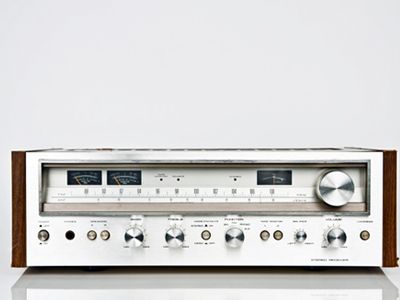
The first FM station was launched by Edwin Armstrong in 1939, but the technology didn't catch on until the 1960s. High-fidelity stereo sound helped.

Citizens band radio was popular in the 1970s, but is still popular with many, including emergency workers, for communicating over distances of a few miles.
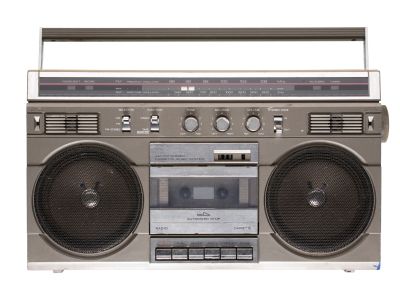
In the 1980s, radios got bigger and louder. People took their music with them on the street with their boomboxes.
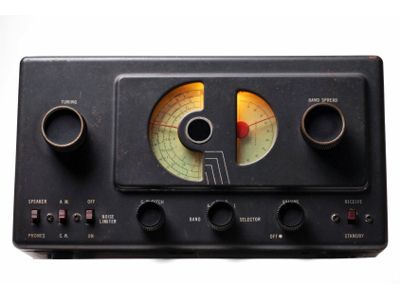
Unlike AM and FM receivers, shortwave radios, like this one from the 1950s, can receive signals over long distances. This made them very popular among those who wanted to know what was going on around the world. In the 21st century, however, shortwave stations are losing ground to higher-fidelity Internet radio.
Advertisement

Pandora Radio is different from other Internet radio sites. Rather than relying simply on genre, user connections or ratings, it uses a Music Genome.
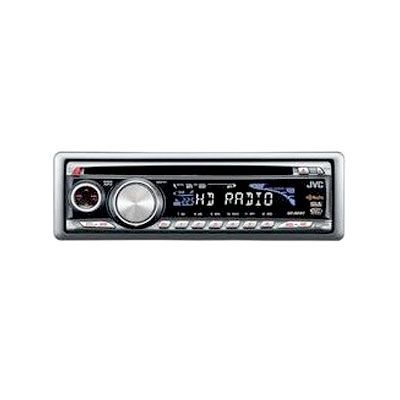
HD Radio is an all-digital form of radio that made its first appearance in the mid-2000s.

Satellite radio took off -- pardon the pun -- in the 2000s when XM Radio and Sirius Satellite Radio began offering service. Financial concerns would cause them to merge a few years later.
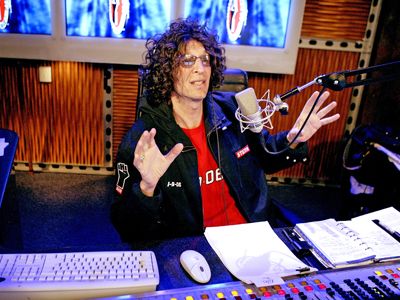
Shock jock Howard Stern made waves in 2006 when he signed a seven-year, $220 million contract with Sirius Satellite Radio, leaving terrestrial radio behind. To learn more, read How Radio Works or watch the HowStuffWorks Satellite Radio Video.